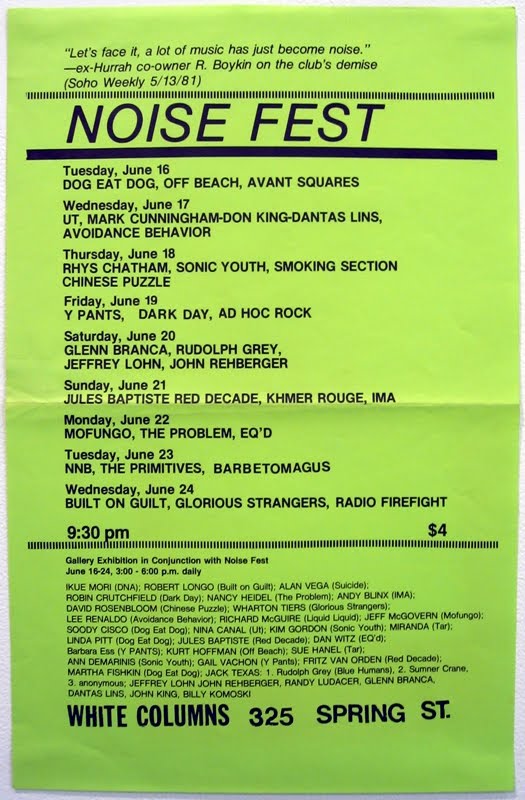It seemed like there was one – or more – on every block in Manhattan: affordable restaurants with unfathomably long menus known as diners or more commonly, coffee shops. Almost always the owner/operators were Greek immigrants. The concept began with the traditional Greek coffeehouse or kaffenion where patrons would hang out while slurping thick espresso and shots of ouzo. From the 1960s until the ’90s or so the Americanized Greek coffee shops dominated the cheap dining scene in New York. These were everyday spots, with regulars well-known to the staff and lots of canned repartee. Despite the expansive bill of fare everybody stuck to the basics: burgers, breakfast and All-American entrees like meatloaf with mashed potatoes. Two iconic images will be forever associated with the Greek diner or coffee shop: the to-go coffee “container” and the “show off case” or revolving dessert display.

During the summer of 1981 I ate most often at the Courtney Restaurant: a Greek coffee shop with soul, tucked away beneath the high-rise Courtney House apartment building on 14th Street near 6th Avenue. The Courtney was not only a couple bucks cheaper than its competition, but the food was better, too. The tiny restaurant – just a counter and single row of two-seater booths — was always staffed by Gus in the front and Georgy in the kitchen. (Even on other shifts, when it was two different guys, they answered to the same names.) The other customers were men in their 50s, 60s, 70s. Many, I suspected, were retirees, bachelors or widowers who took all their meals there. Gus, the counter man presiding on most evenings, looked kindly on me. He seemed pleased to have a younger person as a regular. But he knew I was just passing through. “Put a ro’ chicken on the fire, Georgy, and Make It Nice!” He was a nice man. The Courtney went out of business sometime in the late ’80s, a few years before the Starbucks deluge washed away the diners and their admittedly watered-down coffee.
 The Courtney House today
The Courtney House today
In October 1981 I moved to a building at the corner of 14th street and 9th Avenue where a nameless Greek coffee shop occupied the ground floor. It was run by two brothers-in-law both named Georgy. I quickly got in the habit of buying my morning coffee there before leaving for work. Strategically located at the edge of the (pre gentrification) meat-packing district, this corner diner drew a colorfully mixed clientele at 7:30 AM: butchers in blood-spattered white lunching on huge sandwiches (it was mid-day for them) and leather-clad stragglers stopping for breakfast after a long night of socializing at the infamous gay clubs that dotted the district in those days. The Georgies were unfazed by this scene but I found it quite the eye-opener, figuratively and literally.



